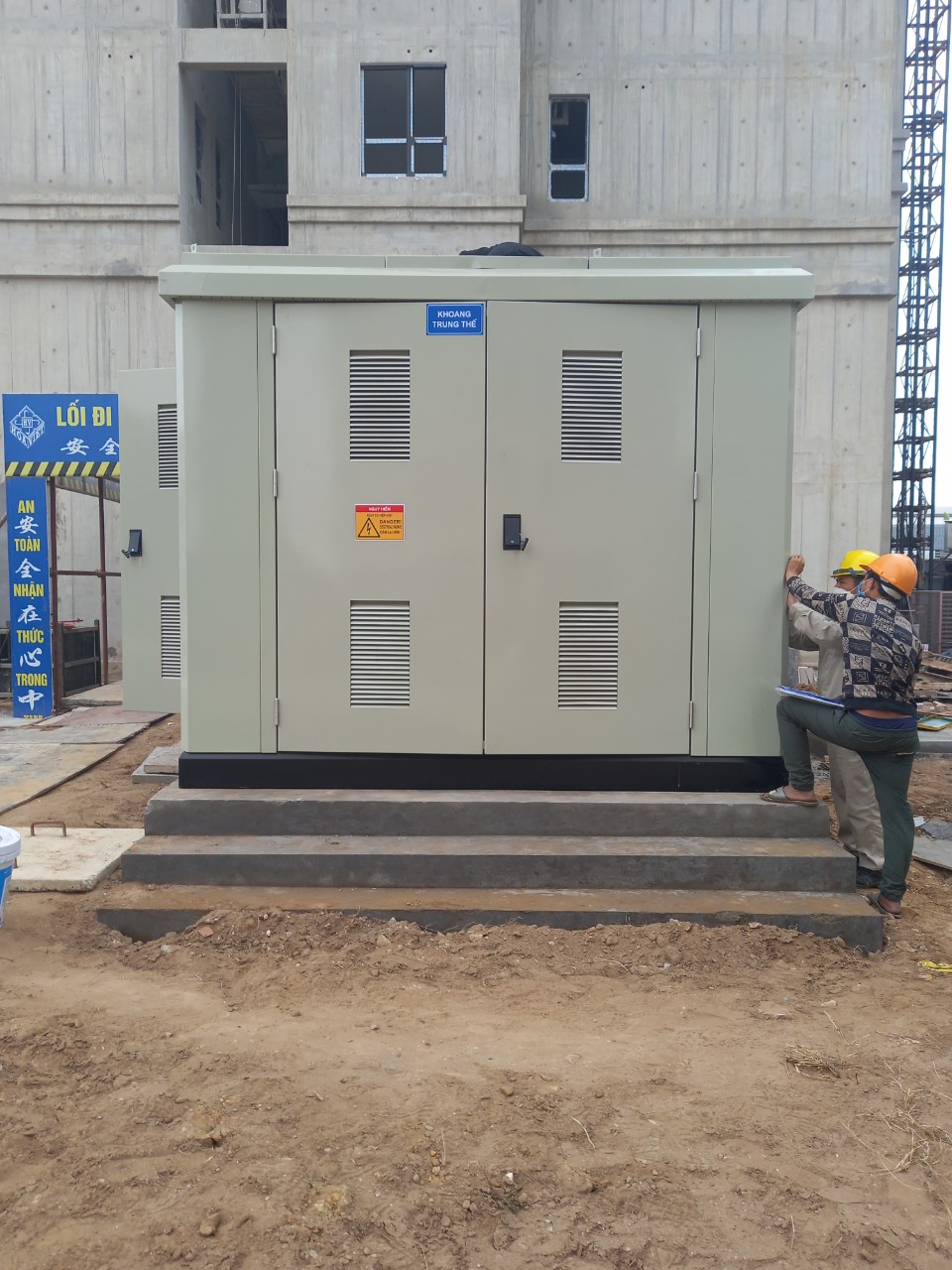Operating Medium Voltage Equipment in Extreme Conditions
Medium voltage switchgear ensures the safe functions of the electrical system and therefore must be installed in accordance with professional rules.
Table of Content
- Normal operating conditions for medium voltage equipment
- Operating under extreme conditions
- Measures to deal with the problem of condensatio
- Measures to deal with pollution problems
1. Normal operating conditions for medium voltage equipment
Medium voltage equipment consists of medium voltage cabinet modules or integrated loop assemblies usually installed in prefabricated stations along with low voltage transformers and switchgear.
All medium voltage devices conform to IEC 62271-1 High-voltage switchgear and controlgear part 1 (common specification) for high-voltage switchgear and controlgear. This standard defines normal conditions for the installation and operation of equipment.
2. Operating under extreme conditions
Under some extreme conditions of moisture and pollution, much greater than the normal operating conditions above, properly designed electrical equipment can still suffer damage from rapid metal part corrosion and surface degradation of insulating parts.
3. Measures to deal with the problem of condensation
a. Carefully design or recalibrate the station ventilation:
- Keep substation ventilation to the minimum required for transformer heat dissipation to minimize temperature fluctuations.
- Use natural ventilation instead of forced ventilation whenever possible.
- If forced ventilation is required, keep the fan running continuously.
- Position the station ventilation doors as far away from the medium-voltage cabinet as possible.
- Never make extra ventilation doors for medium voltage cabinets.
b. Avoid temperature fluctuations:
- Install anti-fog heaters in medium-voltage cabinets and run continuously, ie without automatic or manual control.
- Enhanced insulation for the station.
- Avoid substation heating if possible.
- If heating is required, ensure that the temperature control system does not cause large temperature fluctuations or let the heater work continuously.
- Remove cold air flows from cable raceways, below
c. Eliminate sources of moisture in the station environment:
- Avoid too many trees around the station.
- Repair any leaks in the roof of the station.
- Avoid dampness caused by cable channels from entering the medium voltage cabinets.
d. Install an air conditioning system:
- Air conditioning is the best way to control humidity and temperature.
- Always use a reputable supplier.
- Clearly define your requirements.
e. Make sure the cable is in accordance with the appropriate regulations:
- Pay special attention to the location of the earthing shells, the stress control shells, and the semiconductor shells.
- Cold-shrink cable connectors can be used, but make sure they are installed correctly.
4. Measures to deal with pollution problems
- Equip the station ventilation doors with zigzag-type baffles (chevrons) to limit dust ingress.
- Keep substation ventilation to a minimum for transformer heatsinks to limit dust ingress.
- Use medium-voltage cabinets with a high enough IP protection level.
- Use air conditioning systems with filters that minimize dust ingress.
- Clean regular stains on metal parts and insulation.

